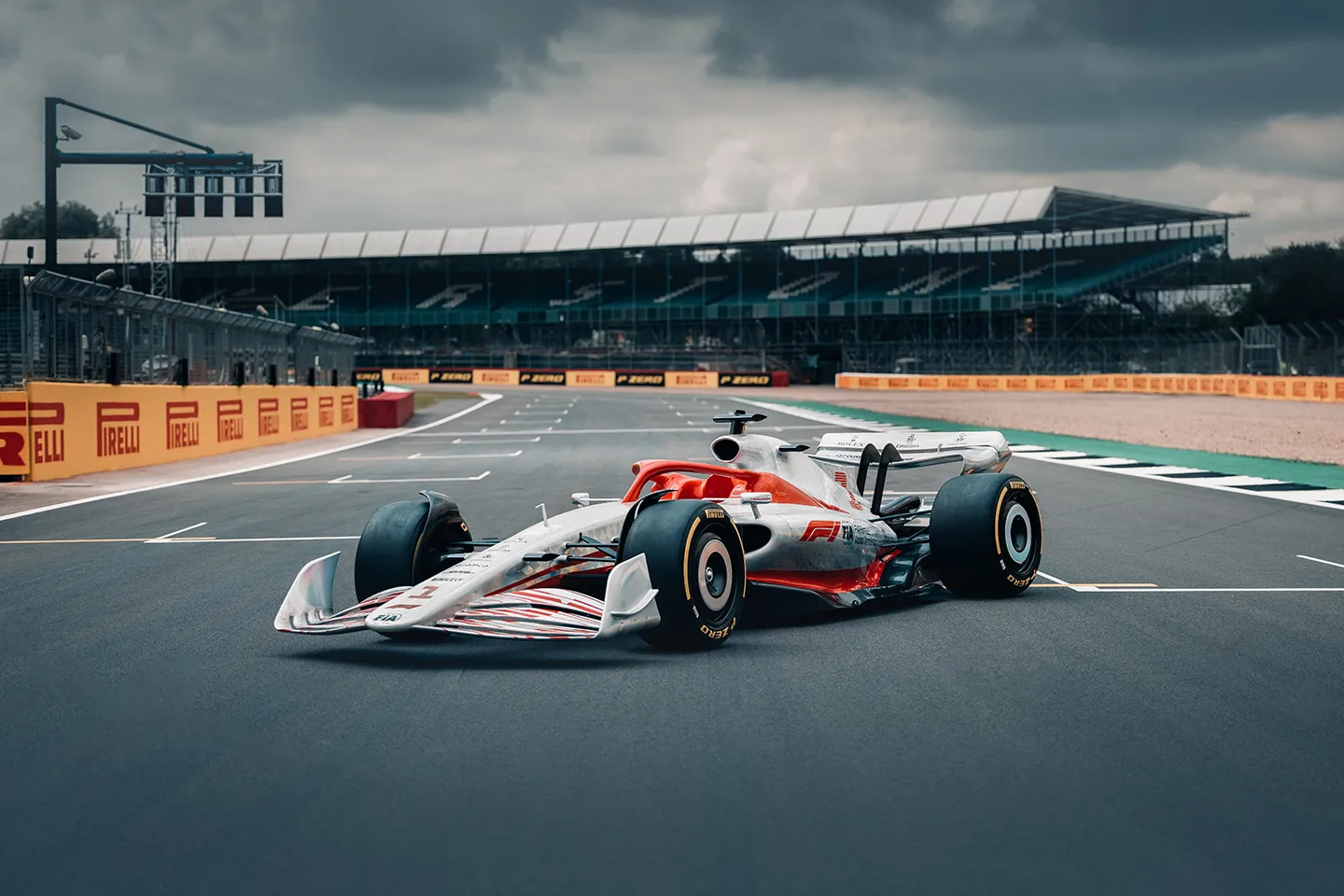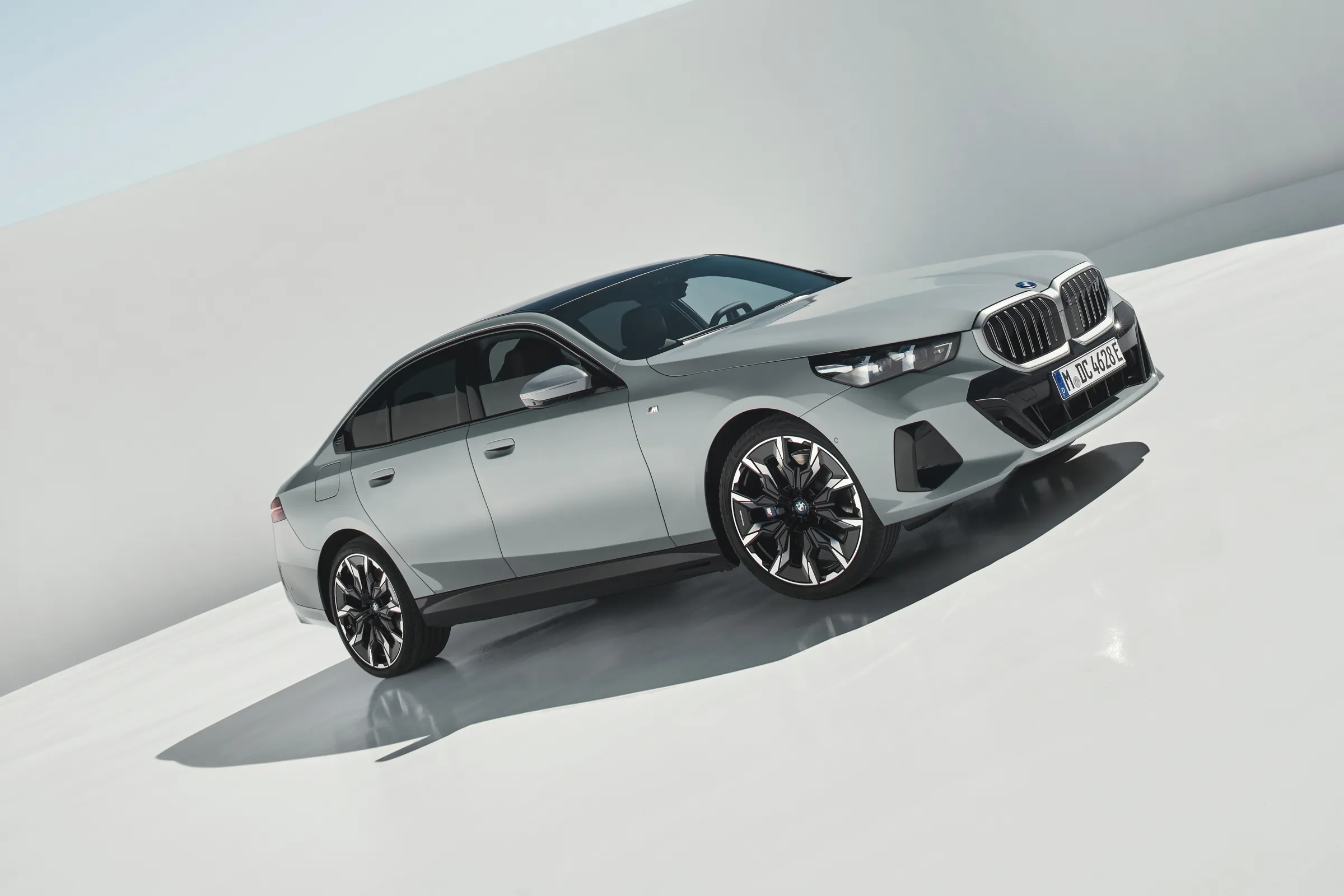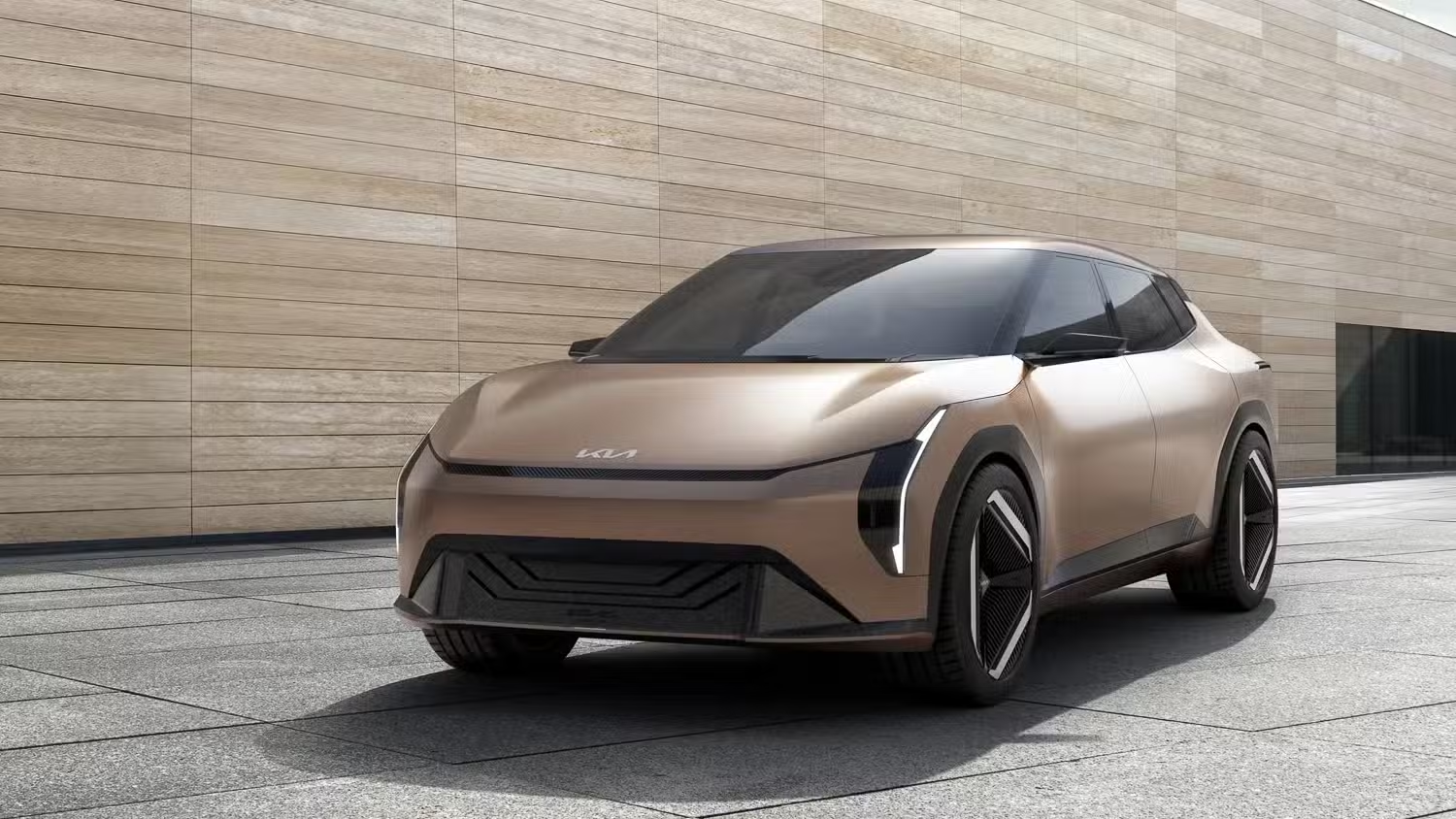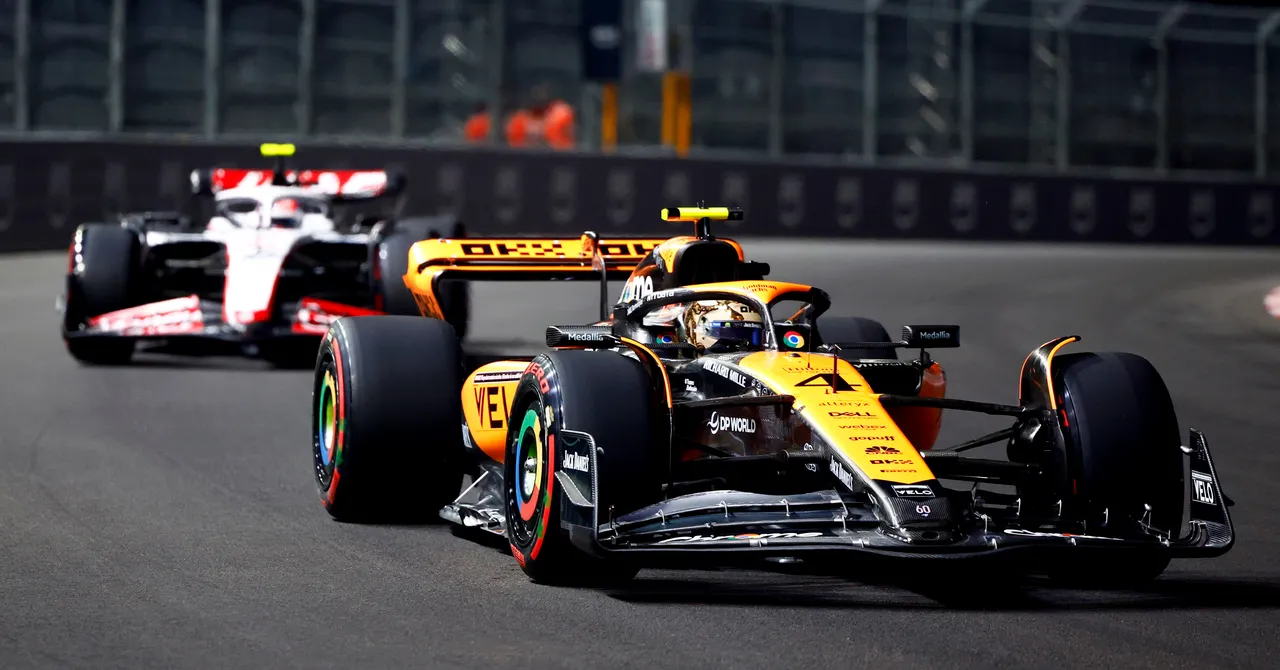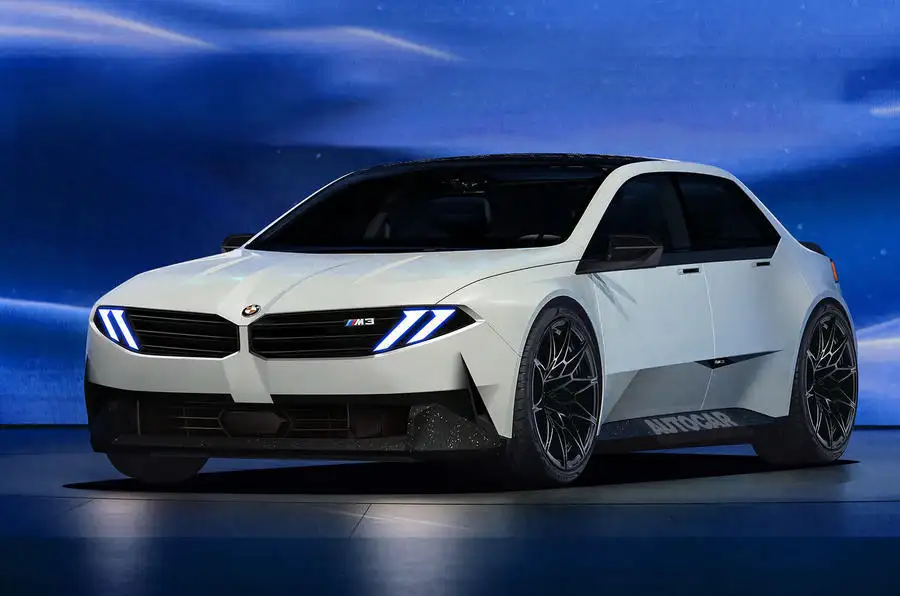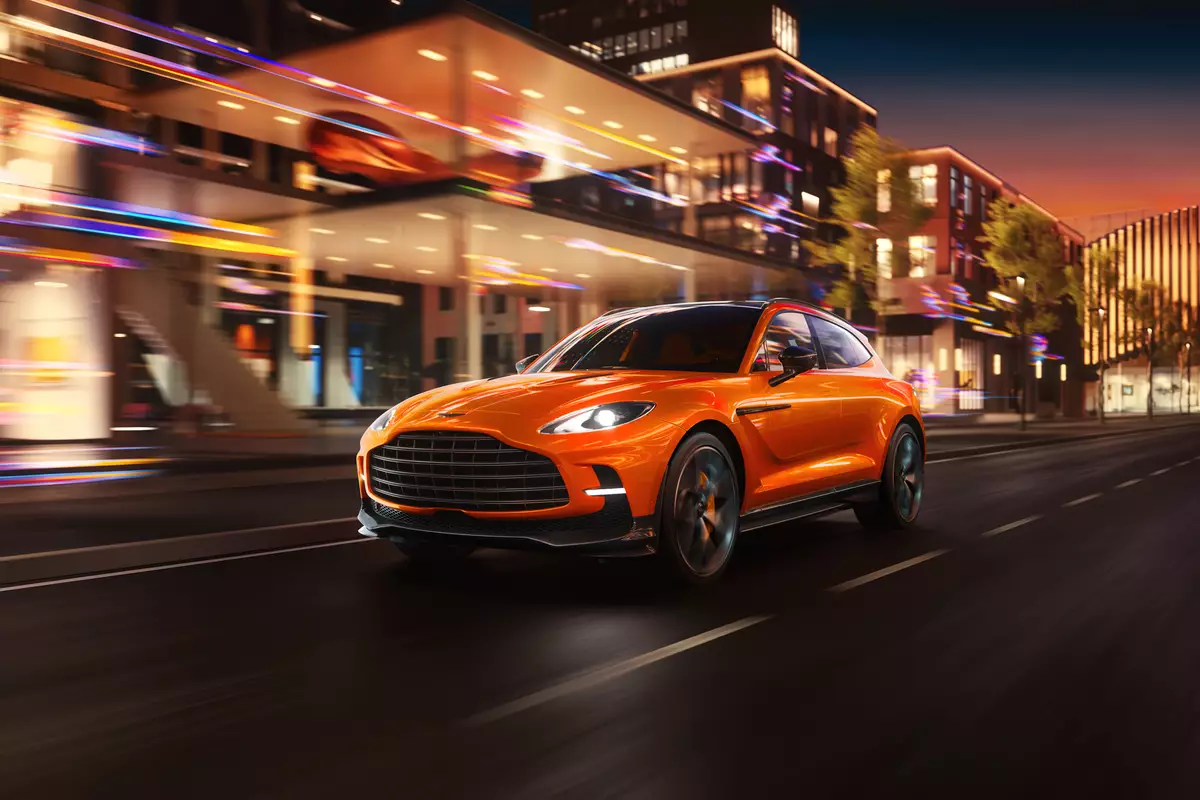When you think of Equation 1, high-speed dashing, cutting-edge designing, and elite-level execution promptly come to intellect. In any case, numerous individuals don’t realize that much of the innovation created in the high-stakes world of F1 inevitably finds its way into the cars we drive each day. The impact of Equation 1 hustling innovation on street cars is more noteworthy than most realize, forming everything from motor proficiency to driver safety.
In this article, we’ll investigate how Formula 1 racing technology impacts road cars, diving into key advancements that have transitioned from circuit to roadway.
1. Half breed Control Units: Fuel Productivity Meets Performance
The development of half breed control units has been one of the most revolutionary developments in Formula One during the last ten years. These motors combine a turbocharged inside combustion motor with electric engines, utilizing vitality recuperation frameworks (ERS) to store and reuse power.
F1 Application: Equation 1 groups utilize active and warm vitality recuperation frameworks to boost execution without expanding fuel utilization. The framework captures vitality amid braking and from warmth ousted by the engine.
Road Car Benefit:
Manufacturers like Mercedes, Ferrari, and McLaren have presented cross breed supercars and extravagance sedans utilizing comparable standards. Vehicles such as the Mercedes-AMG Venture ONE and McLaren P1 utilize F1-derived half breed frameworks to adjust control and productivity, pushing street car execution to unused levels.
2. Progressed Optimal design: Progressed Fuel Economy and Handling
F1 cars are planned with streamlined exactness. Their front and raised wings, bargeboards, and diffusers are fastidiously made to decrease drag and move forward downforce.
F1 Application: Dynamic optimal design offers assistance to move forward, hold at tall speeds, decrease turbulence, and empower way better cornering.
Road Car Benefit:
Brands like Lamborghini, Ferrari, and Bugatti have coordinated dynamic streamlined highlights into their generation vehicles. Indeed consumer-level cars, like the Toyota Supra or BMW M-series, utilize wind burrow testing and streamlined upgrades that owe their roots to F1 advancements, making strides in fuel economy and high-speed stability.
3. Regenerative Braking: More than Fair Ceasing Power
Regenerative braking is presently a commonplace in crossover and electric cars, but it was to begin with and culminated on the F1 circuit.
F1 Application: Energy Recovery Systems (ERS) allow Formula One cars to convert motor energy generated during braking into electrical energy that may be stored for later use in increasing acceleration.
Road Car Benefit:
This same innovation is found in vehicles like the Toyota Prius, Tesla Demonstrate S, and BMW i8, contributing to superior vitality productivity and amplified battery range.
4. Carbon Fiber Chassis: Lightweight, Solid, Safe

One of the most well-known Equation 1 developments is the far reaching utilization of carbon fiber composites in car construction.
F1 Application: Carbon fiber offers tall strength-to-weight proportion, expanding speed whereas moving forward crash resistance and driver safety.
Road Car Benefit:
High-performance cars such as the Lexus LFA, Porsche 918 Spyder, and Koenigsegg Jesko utilize carbon fiber outlines and boards. Indeed mid-range cars presently utilize carbon-reinforced plastic components for diminished weight and way better fuel economy.
5. Telemetry and Real-Time Information: More intelligent Diagnostics
Telemetry in Equation 1 empowers engineers to get real-time execution information from each viewpoint of the car—engine temperature, tire wear, fuel proficiency, and more.
F1 Application: Groups utilize this information amid races to alter technique and execution on the fly.
Road Car Benefit:
Today’s advanced cars, particularly premium models, are prepared with onboard diagnostics, associated apps, and further vehicle administration frameworks that screen driving behavior, foresee disappointments, and improve upkeep schedules. Vehicles like the Tesla Show 3 or BMW ConnectedDrive include cloud-based diagnostics motivated by F1 telemetry systems.
6. Security Advancements: Security on Each Trip
F1’s steady center on driver security has driven to a few of the most progressed crash assurance frameworks in the world.
F1 Application: Highlights like the Radiance gadget, impact-absorbing crash structures, and multi-point saddles are planned to ensure drivers amid high-speed accidents.
Road Car Benefit:
These standards have made a difference in creating advanced fold zones, airbags, side-impact bars, and ABS braking frameworks in regular cars. For example, the Audi A6 and Volvo XC90 are examples of consumer automobiles that combine collision safety technology honed on the racetrack.
7. Paddle Shifters and Dual-Clutch Gearboxes: Consistent Driving Experience
The semi-automatic gearbox and paddle shifters were once the space of Equation 1 drivers but are presently common in numerous sports cars and indeed every day drivers.
F1 Application: Paddle shifters permit fast equipment changes without evacuating hands from the wheel, making strides in execution and control.
Road Car Benefit:
Cars like the Volkswagen Golf GTI, Porsche 911, and Audi R8 utilize dual-clutch frameworks and paddle shifters for quicker adaptation changes and a sportier feel, giving execution driving without relinquishing comfort.
8. Brake-By-Wire Frameworks: Upgraded Control and Responsiveness
In F1, exactness braking is key to picking up divisions of a moment per lap. Brake-by-wire (BBW) systems use electronic sensors in place of a mechanical connection between the brake pedal and the calipers.
F1 Application: Guarantees ideal brake adjustment between regenerative and pressure driven braking systems.
Road Car Benefit:
Luxury brands like Mercedes-Benz and Audi utilize brake-by-wire frameworks in a few models to provide smooth, responsive braking, especially in half breed and EV platforms.
9. Tire Innovation and Execution Grip
F1 tire innovation is a mix of building, fabric science, and information analytics.
F1 Application: Groups alter tire weight, compound, and temperature in real-time for ideal grip.
Road Car Benefit:
Tire producers like Pirelli, Michelin, and Bridgestone frequently test and create customer tires based on F1 encounters. Improved tire compounds and pressure-monitoring frameworks in street cars presently offer superior footing, particularly in execution or all-weather tires.
10. Lightweight Materials and Fuel Economy
Reducing weight is a reliable center in Equation 1. Whether it's carbon fiber or titanium combinations, each gram spared counts.
F1 Application: Maximizing execution through lightweight construction.
Road Car Benefit:
Modern producers utilize aluminum boards, composite plastics, and magnesium amalgams in customer cars, boosting fuel proficiency and decreasing CO₂ emissions.
Read More:- How Formula 1 Car Aerodynamics Work
Final Contemplations: A Two-Way Innovation Street
The relationship between Equation 1 and street cars isn’t fair one-directional. Whereas how Formula 1 racing technology impacts road cars, experiences from street use and shopper inclinations to direct F1 advancements. Car mammoths like Mercedes, Ferrari, Renault, and Honda contribute intensely in motorsports not fair for the platform, but to create another era of shrewd, effective, and secure vehicles.
So, another time you buckle up in your car, remember—you might be driving a piece of F1 history.
FAQ's
Q1. Do Equation 1 cars impact electric vehicle development?
Yes, numerous cross breed and EV components like regenerative braking and vitality capacity are refined in F1 and connected to EVs.
Q2. Which street cars utilize F1-derived technology?
Excellent examples include vehicles such as the Ferrari SF90 Stradale, McLaren P1, and Mercedes-AMG Extend ONE.
Q3. Is F1 innovation as it were for sports cars?
No, numerous security and proficiency changes created in F1 presently show up in ordinary vehicles.
